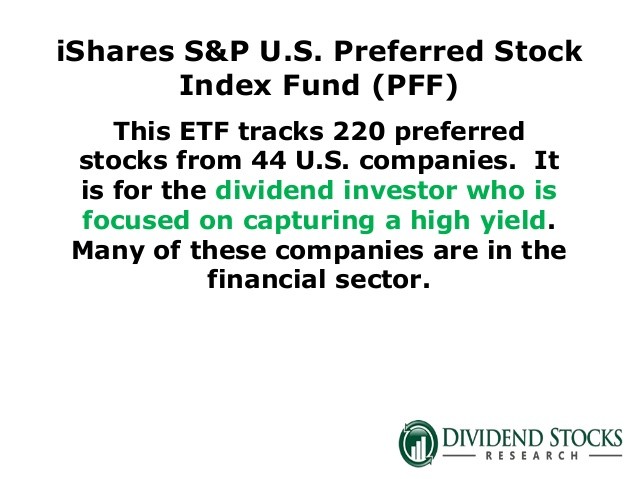Common and Preferred Stocks What s the Difference
Post on: 2 Июль, 2015 No Comment

By the Financial Industry Regulatory Authority | More Articles
Stocks had a banner year in 2013. Perhaps this may have you considering whether it is time to invest. There’s no guarantee that 2014 will be the same — but over long time periods, stocks usually have offered a better return than other types of investments. You may also be looking at stocks as a way to earn income from dividends, since interest rates offered by bonds or savings accounts remain low.
As you check out stocks for possible investments, remember there are two kinds you can buy: common and preferred. All publicly traded companies issue common stock. These are the type of shares you hear most about in the business and financial news, with prices that constantly move up and down during the trading day.
Your shares represent ownership of a corporation. When you own common stock, you share in a company’s success. When the company does well, its stock price will likely grow higher than what you paid for it. You also can suffer from unfavorable company news that results in a lower stock price.
Common stock prices rise and fall all the time — sometimes by just a few cents and at other times by several dollars. Price changes can result from investor demand for company shares and the direction the overall market moves each trading day. But shares also can lose value, and — in some cases, like a company bankruptcy — they can become worthless.
Companies can share a portion of their earnings with common shareholders by paying dividends, but they are not required to do so. The amount of the dividend and how often it’s paid aren’t guaranteed. The dividend also could be cut or eliminated depending on the performance of the company, though companies may be reluctant to do either if they think it will send a harmful message to the markets about their financial health.
Common stocks also feature voting rights. Common shareholders can vote to elect the board of directors of a corporation and to determine company policy. But most investors don’t own enough common stock to have any influence over corporate operations and the board of directors.
Some companies also issue preferred stock, which has features of both common stocks and bonds. Preferred stocks are bought and sold on exchanges like common stocks, but they also offer guaranteed dividends. These dividends tend to pay a higher yield than whatever dividend (if any) the company’s common stock pays. Share prices of preferred stocks are less volatile than common stocks, so you have somewhat less risk of losing money. But preferred shares also offer less potential for total return, because their prices will not move much over time. Your total return includes any income you receive from your investment plus any change in its value.
Preferred stocks are designed to pay shareholders consistent dividends. They get their name from the fact that they have preference over common stocks in the payment of dividends. This means preferred stock dividends are always paid to shareholders before dividends on common stock. Preferred dividends generally have yields that are competitive with corporate bonds.
Like bonds, the prices of preferred stocks are affected by interest rate risk. In addition to a company’s financial performance, the movement of interest rates has a significant influence over the price of preferred shares. If interest rates move up, the price of the stock tends to move down. If rates fall, then the share price tends to go up. Like bondholders, preferred stock shareholders don’t have any voting rights.

If you invest mostly for income, you might like preferred stocks with their attractive dividends. But, unlike common stock dividends, which might increase if a company’s profits rise, preferred dividends are fixed for as long as you own the stock. And if you desire capital gains — a solid appreciation in the stock price — preferred stocks might limit your profit potential. Preferred stock prices don’t move as much as common stock prices. While preferred shares may not lose as much as common shares in a stock market sell-off, they will not go up as much in a market rally when a company’s common stock might soar.
Preferred stock has a favored position when a company fails or goes bankrupt. At that time a priority list for the company’s obligations is put together. Preferred stock outranks common stock, and preferred shareholders must be paid before common shareholders from the proceeds of a company’s assets that are liquidated. However, preferred stock ranks lower than bonds on the list. In reality, holders of a bankrupt company’s debt receive almost all of the proceeds when it’s liquidated. There’s usually not much left over to pay preferred and common shareholders.
Common and preferred stocks give investors opportunities to match their investment goals. For those who want capital gains, common stocks fit the bill. And income-oriented investors will likely find preferred stocks more suitable.
For more information about investing in stocks, visit the Investors section of FINRA.org .
FINRA is the largest independent regulator for all securities firms doing business in the United States. Our chief role is to protect investors by maintaining the fairness of the U.S. capital markets. FINRA does not endorse, sponsor, or guarantee, nor is it sponsored by, any advertisers on this site, and any dealings with those advertisers are solely between you and the advertisers.
Try any of our Foolish newsletter services free for 30 days. We Fools don’t all hold the same opinions, but we all believe that considering a diverse range of insights makes us better investors. The Motley Fool has a disclosure policy .














